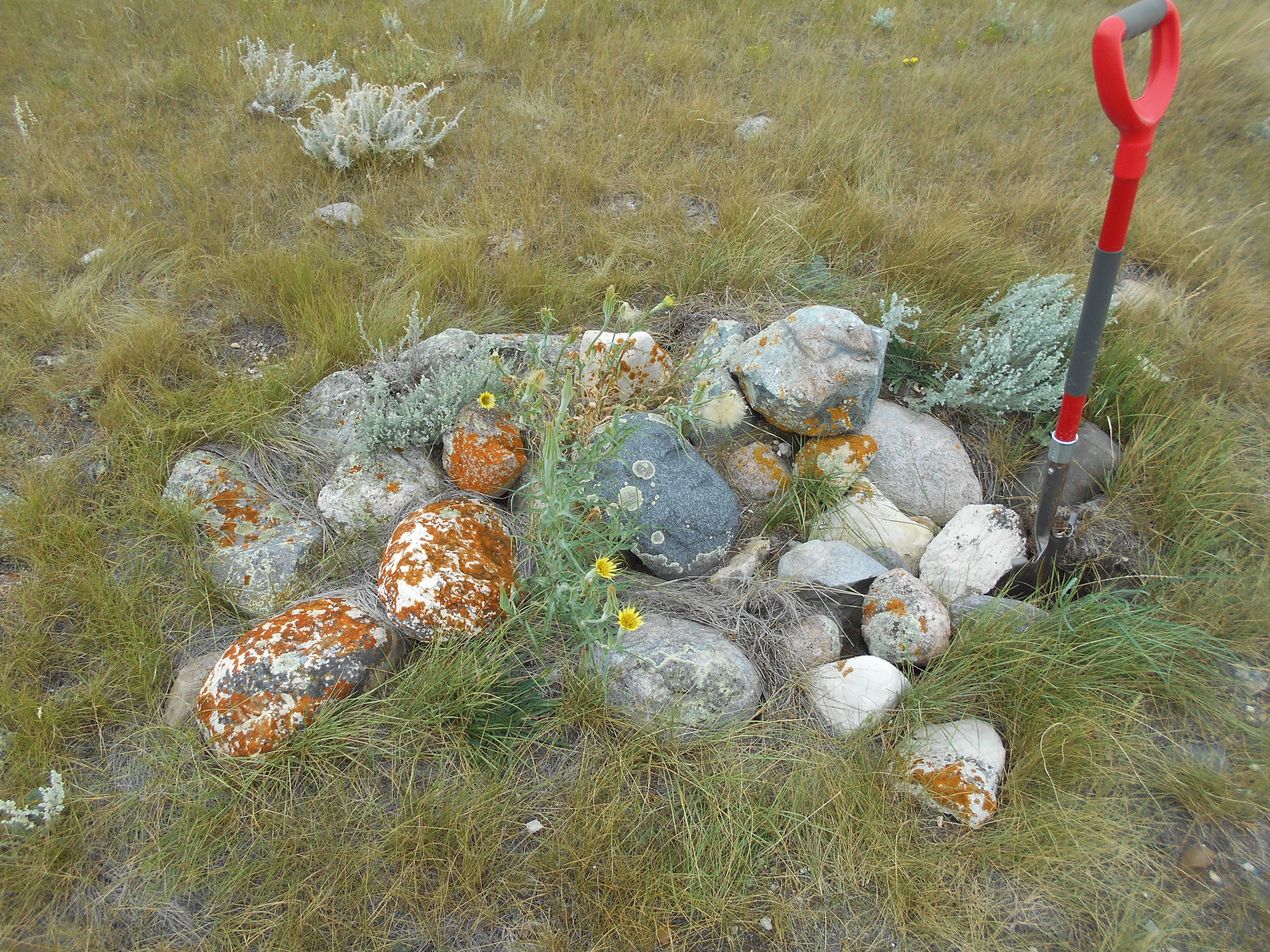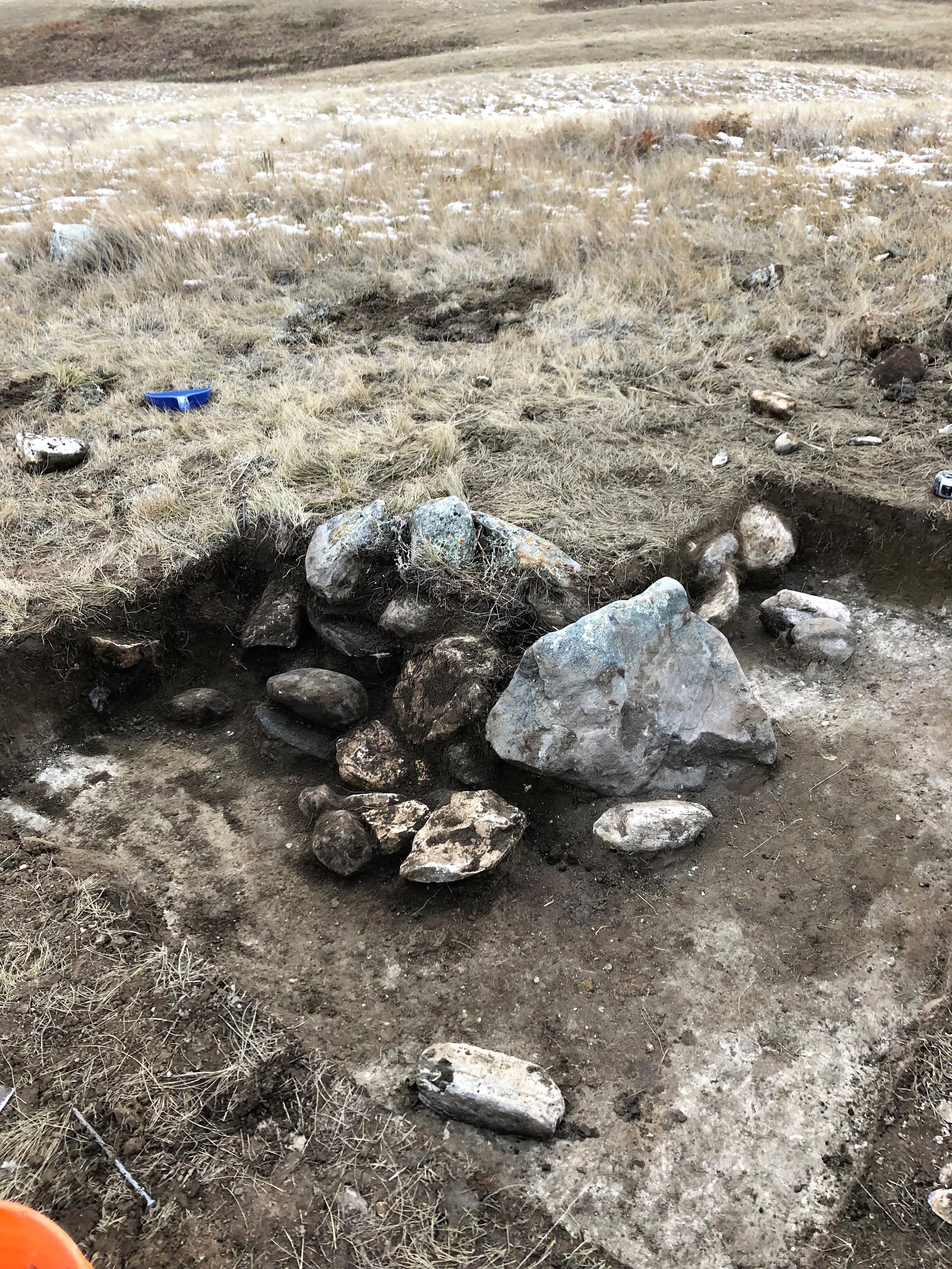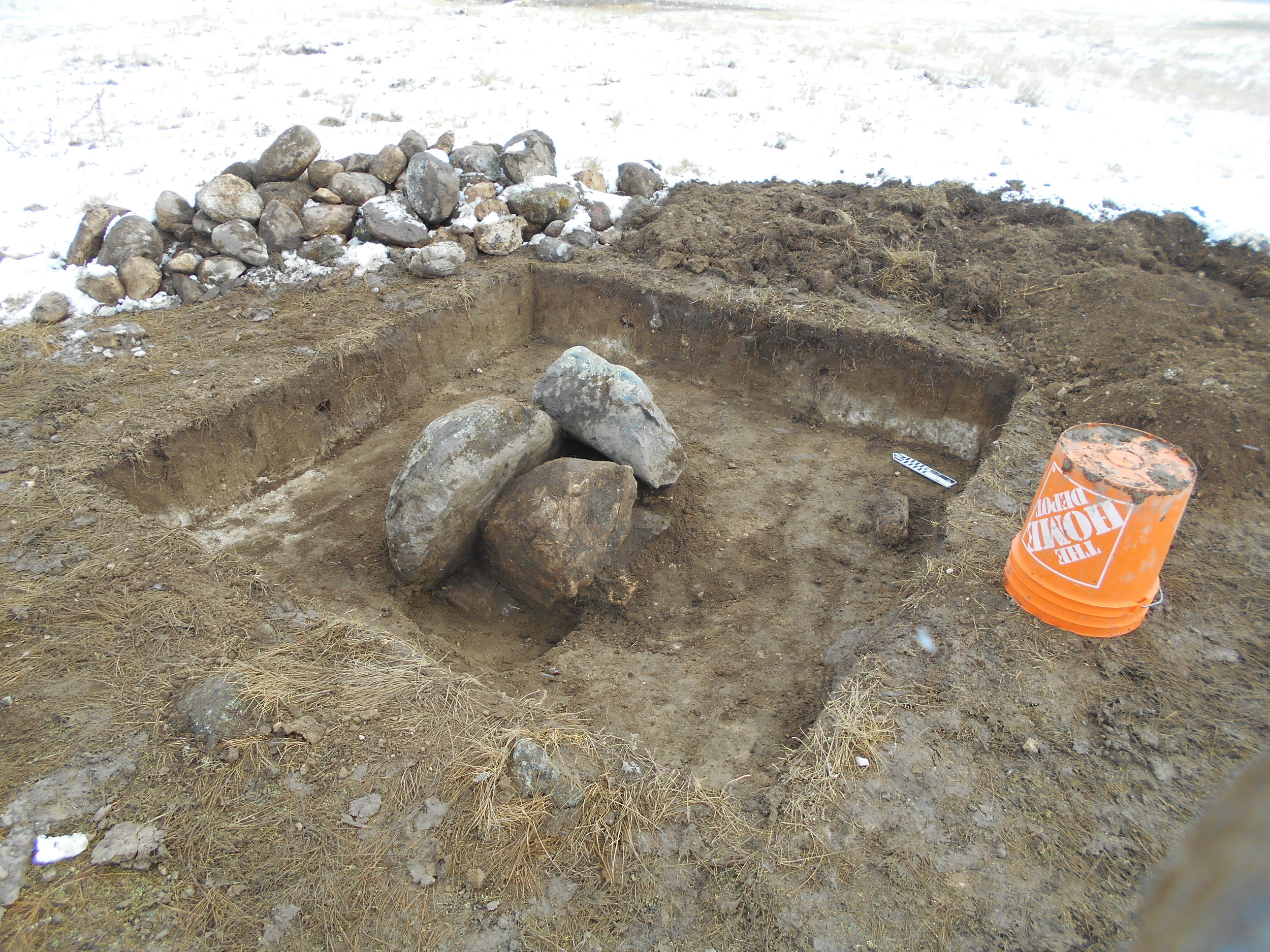Under The Heritage Property Act of Saskatchewan, archaeological sites are protected because they offer cultural and scientific awareness into Saskatchewan’s past that can be studied and shared with the people of Saskatchewan through our education system and museums. In Saskatchewan, we have over 13,000 years of human occupation (in comparison the Pyramids of Egypt are approximately 5,000 years old) and although we do not have pyramids or temples, we do have archaeological sites that have arguably just as much scientific and cultural value even if they aren’t as noticeable on the landscape. This is why Heritage Resources Impact Assessments (HRIAs) are important.
The Heritage Conservation Branch (HCB) determines if a HRIA is required for developments in Saskatchewan. If a HRIA is required, it is the Proponent’s responsibility to hire a professional archaeologist to assess the proposed development to determine if any archaeological sites are in potential conflict. If an archaeological site is discovered in conflict with the Project, it is the archaeologist’s job to evaluate the significance of the archaeological site and to determine suitable mitigation measures. Avoidance is often recommended as a suitable mitigation method; however, in some instances avoidance cannot be maintained and an excavation is required in order to extract as much information as possible before the Project can proceed.
As an example, a Precontact Period stone cairn (human made rock pile) was discovered on top of a prominent hill with views in all four cardinal directions. On the surface, the stone cairn measured approximately 1.5 m by 2 m and consisted of at least 25 cobbles (Photo 1). The stone cairn originally appeared to be a simple geographical marker on the landscape, since the stone cairn was visible from at least 1 km away and offered excellent views of the surrounding landscape. Since the stone cairn could not be avoided, the stone cairn was fully excavated to learn as much as we can about the structure and the function of the feature before it was destroyed.
The stone cairn’s size after complete excavation measured 2 m by 2 m, extended to 40 cm below the ground surface, and consisted of approximately 75 to 100 cobbles with 3 large boulders forming the centre of the structure (Photos 2 and 3). A total of 129 artifacts were recovered from the stone cairn structure that included a projectile point dating to the Late Precontact Period (1,200 to 550 years BP). It was determined that the stone cairn was utilized as a cache as the 3 boulders discovered in the center of the structure were positioned in such a way as to create a small cavity that is easily accessible from the top and lined with cobbles on the bottom. No artifacts were discovered within the cache cavity.
On the Prairies, Precontact Period stone cairns are rarely excavated. This is primarily a result of old theories that suggest stone cairns are burial sites – which, in some rare cases they are. Therefore, archaeologists almost always recommend that Precontact stone cairns are avoided by all developments; however, when given the opportunity, archaeological excavations (a HRIA-Mitigation) allow us to further study and interpret the functions of stone cairns. In this particular case, the excavation of the stone cairn suggested that it was built for and used as a cache – a function not typically seen on the Prairies, adding scientific and cultural value to archaeology in Saskatchewan.





